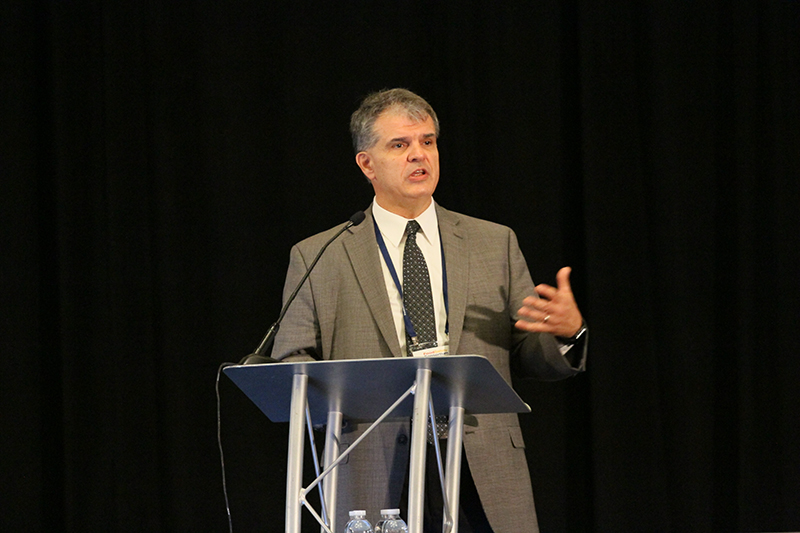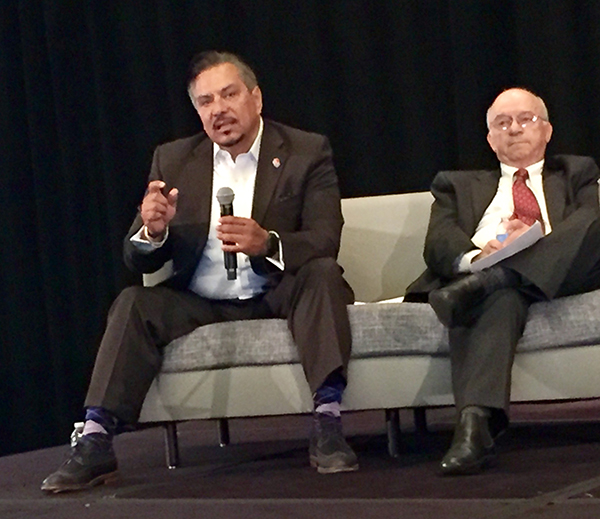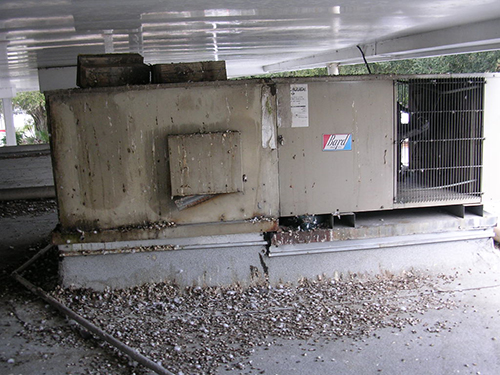The food industry is undergoing considerable change, especially as consumers become increasingly more vocal about their preferences and concerns, and as technology improvement and adoption plays a larger role in the conversation. In a recent Q&A with Food Safety Tech, Laura Dunn Nelson, vice president of food safety at Alchemy, shares her thoughts about current industry trends and how they are impacting food companies, where more help is needed, as well as ways in which companies can help advance food safety culture internally.
Food Safety Tech: The food industry is rapidly evolving. What are some of the trends you’re seeing and are these posing different challenges to food manufacturers?
Laura Dunn Nelson: The food industry is rapidly evolving in three key areas: Who produces our food, the variety of our food, and how consumers access our food.
As consumers continue to shift their food preferences toward an increase in healthy ingredients, locally sourced products, and clean labels, companies in turn continue to innovate and reformulate. Mergers and acquisitions continue as larger companies look to partner with niche companies that are focused on products marketed to the health-conscious consumer. Companies like Impossible Foods and Beyond Meat are expanding rapidly, reaching both vegans and meat eaters in the United States and expanding into international markets. Ever-changing consumer preferences create challenges for the industry to accelerate their research and development processes in order to remain competitive in the marketplace.
Changes in product formulas and increases in product lines create the need for new ingredient procurement, changes in production schedules, and new operating procedures. There has been a proliferation of start-up companies using CBD as an ingredient for food and beverages despite the lagging food safety regulations forcing some city and state regulators like New York City to create their own ban of CBD products. As the FDA explores future regulations, producers and consumers are left to determine the safety of these products.
Home delivery of food continues to be a hot trend as the market continues to grow for companies like UberEats, Grubhub, retailers and foodservice companies like Domino’s Pizza where you can Tweet your pizza order. The home delivery service area presents new considerations for food safety including monitoring appropriate product temperatures.
Finally, discussion around blockchain technology continues to gain prominence as companies work to develop transparency within their supply chain. For many companies, this will translate into a significant shift in technology adoption and a move away from disparate data sources and therefore an investment in not only the technology but in revising their procurement processes.

FST: What are the areas in which you feel companies need a bit more guidance?
Nelson: How we effectively train our employees to ensure learning and comprehension is paramount to our success in the future. IBM Institute for Business Value recently completed their study “The Enterprise Guide to Closing the Skills Gap,” and noted “120 million workers in the world’s biggest economies may need to be retrained as a result of artificial intelligence (AI) and automation in the workplace.” Reskilling will be the new norm as new technologies and automation of equipment disrupt the current state.
Deloitte noted that “reinventing the way people learn” was the number one trend in the 2019 Global Human Capital Trends Report. Many companies are focused almost exclusively on mandatory compliance training and conducting the training the same way they have for years. Typically, orientation food safety training is provided during the employee’s first week of work and annual refreshers are given every year. In the Global Food Safety Training Survey that Alchemy provides to the global industry with Campden BRI, we consistently find that 67% of responding QA managers report that employees do not follow their food safety programs, despite their food safety training. Unfortunately, the emphasis on food safety is often relegated to that one day a year of refresher training with little reinforcement the remaining 364 days of the year. The ‘noise’ of competing priorities of production and customer expectations often distracts employees from their food safety responsibilities.
Some companies still define training as classroom training when, in fact, employees are being trained each and every day by their supervisors and peers. Companies that put additional emphasis in not only their training but validation of training through observations of employees’ food safety behaviors achieve higher food safety compliance. The power of two-way conversations between the employee and the supervisor as a coach creates an environment of communication and trust.
Alchemy worked with independent researchers to determine the effect of active coaching with prescribed behavior feedback on the plant floor. The results were conclusive: every facility included in the study revealed a 38% improvement in aligned employee behaviors.
Ultimately, companies need to evaluate their current learning organization for effectiveness and focus on job competencies and their ongoing assessment of compliant employee behaviors.
FST: What maturity level are you seeing in the industry related to food safety culture and the related implementation of best practices?
Nelson: The food industry is still relatively new to the concept of a mature food safety culture, and even how to define that. The industry focus of this topic has largely been driven by efforts within the GFSI community, particularly with the publication of the position paper “A Culture of Food Safety.” Pioneers in food safety culture research, like Dr. Lone Jespersen, and emerging training assessment tools are working toward pushing these newer concepts to the mainstream of our industry.
As with many important constructs, the QA/QC team is typically tasked with introducing this concept to their organization, defining their company’s level of food safety culture maturity, and establishing a continuous improvement plan. This is a tough ask from individuals who typically have a technical education background with little experience in behavioral science. To address these challenges, there are a growing number of consultants, books, and resources to help define a company’s food safety culture maturity and establish improvement strategies.
To help frame the benefits of a mature culture, a recent publication by Lone Jespersen et al, “The Impact of Maturing Food Safety Culture and a Pathway to Economic Gain,” notes the value of a mature food safety culture in reducing the cost of poor quality and food safety risks. Research indicates that many companies are currently in mid-maturity of their food safety culture. Suggested best practices to help an organization mature their food safety culture include:
- Foster cross-company ownership of food safety.
- Move from compliance driven operations to risk reduction through continuous improvement.
- Improve engagement skills of technical staff.
The first step is an assessment to understand the company’s unique performance gaps, either through an internal review or an external assessment. Once the specific gaps are identified, companies can develop their food safety culture improvement plan and execute. It’s helpful to conduct a reassessment over time to ensure the established improvement strategies are successful.
The effort can be challenging but research confirms that a more mature food safety culture will deliver improved food safety performance of food safety behaviors, improved product quality, and a reduction in food safety risks.






























